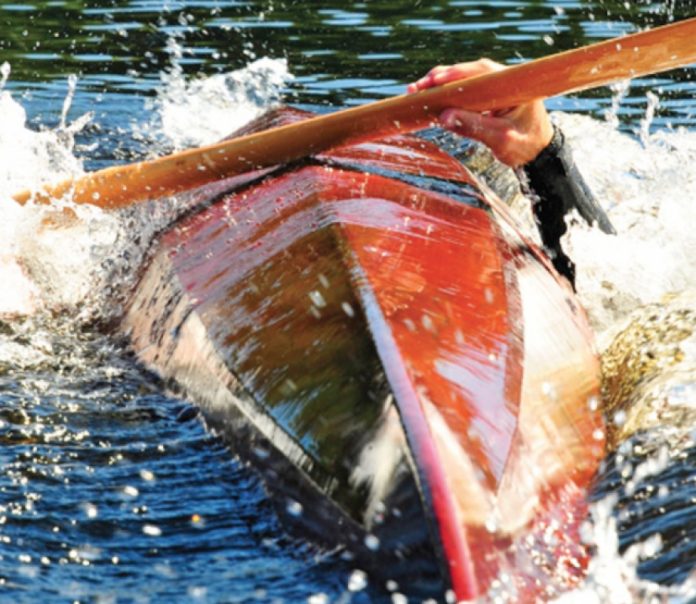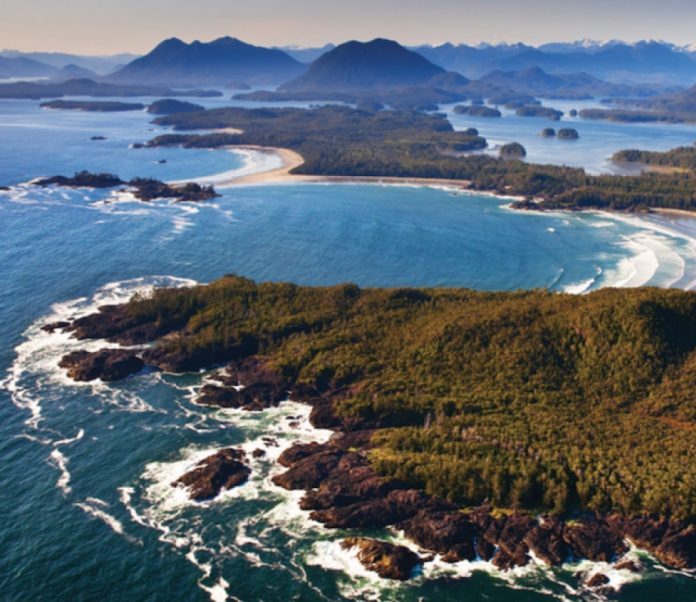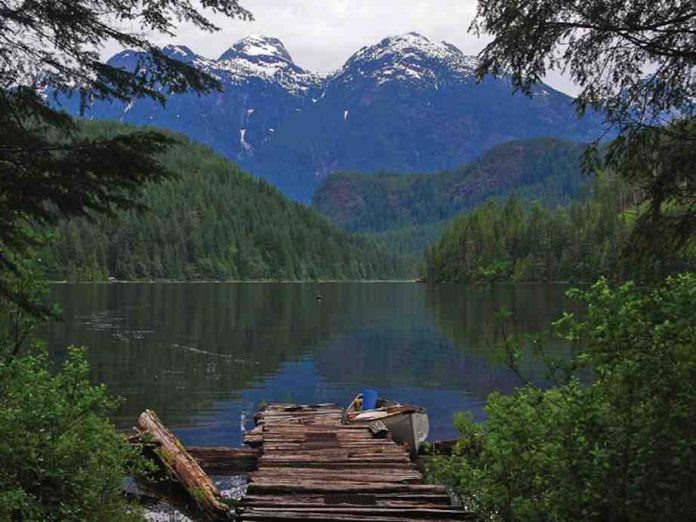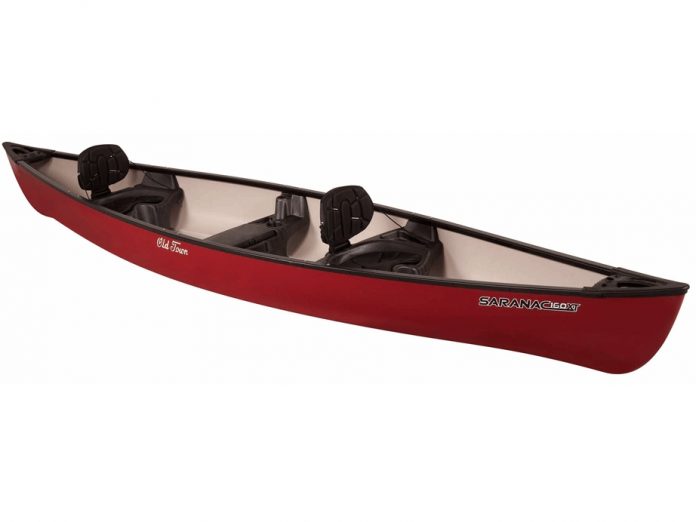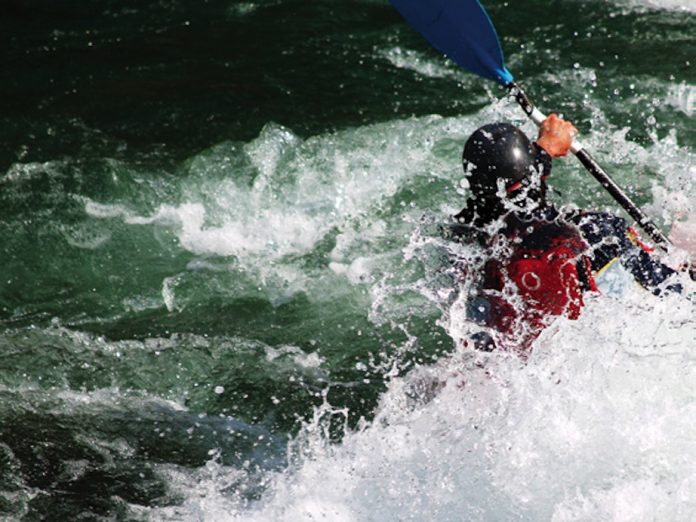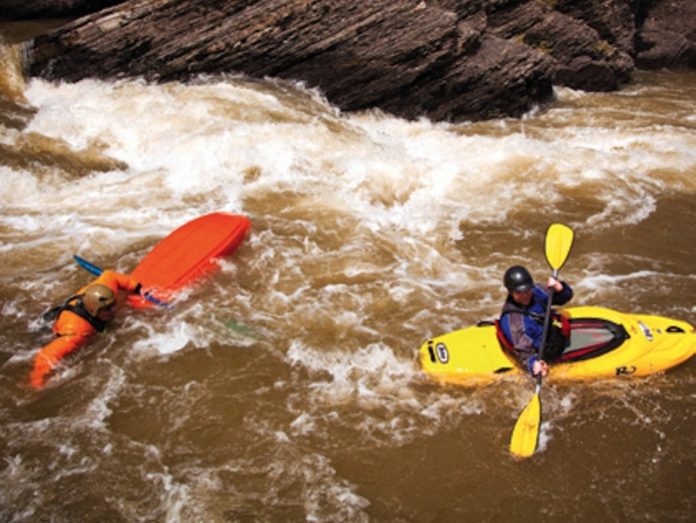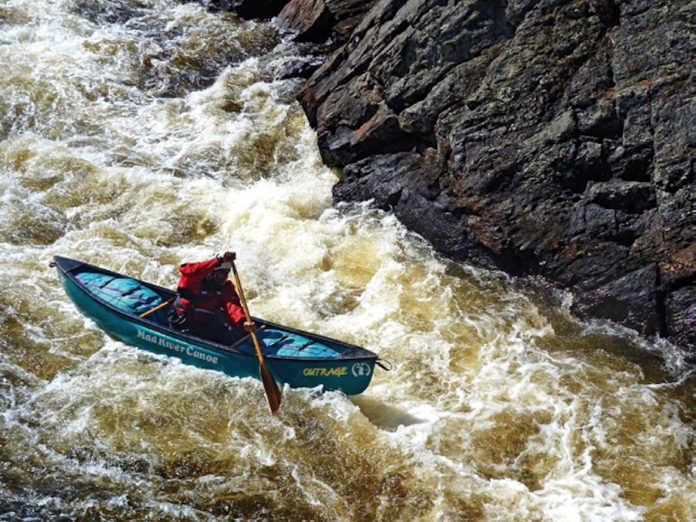From our perch in the lifeguard tower over- looking Camp Tamarack’s private lake, the hard-chined, low volume kayaks bobbing in the shallows are too numerous to count.
“How many this year?” I ask James Roberts, co-owner of Parry Sound-based Learn to Kayak and organizer of the second annual Ontario Greenland Camp (OGC). Roberts pulls his eye away from his camera viewfinder and runs a hand through his unruly hair, crunching the numbers. “Sixty-five, plus instructors,” he replies—30 percent more than the previous year. Healthy numbers for a new event in a region not generally recognized for its zealous participation in ancient Arctic traditions.
Greenland-style on the rise
Since Adventure Kayak last took an in-depth look at Greenland-style paddling in 2006, traditional gatherings have been on the rise. Bringing a bit of Greenland to Ontario’s lake country was a no-brainer for Roberts and business partner and fiancée, Dympna Hayes.
“We put Greenland paddles in all our students’ hands on every course we teach,” says Hayes. “It’s easier to learn rolling with a stick, and a lot of our clients now carry one as an inexpensive spare paddle.”
The clincher came when Roberts and Hayes attended a 10-day, build-your-own-kayak workshop with Kayak Ways gurus Cheri Perry and Turner Wilson. The couples agreed on a date for the very first OGC the following September.
“We found an authentic Muskoka sum- mer camp where we could host the event after the kids go back to school,” says Hayes. “It’s more casual, more fun—we wanted it to feel like adults going to camp.”
Already, OGC has all the hallmarks of a memorable camp experience: terrific leaders, aprés-paddle campfire parties, all-you-can-eat-buffets and at least one bizarre or mildly harrowing initiation endured by some of the participants and shared with an appreciative audience. At last year’s event, the lewd, wildly imaginative scribbles on the rafters of the camp cabins aroused only a little less titilation among the clatch of middle-aged paddlers than they doubtless had among their eighth-grade authors.
In 2011, Roberts and Hayes fly in jet-setting Greenland champion, Maligiaq Padilla, from Alaska to round out the instructor team. I’m looking forward to meeting the famous Greenlander, but I almost lose my chance after he manages to miss his flight in Anchorage and is forced to connect through Phoenix and Buffalo. Thanks to some heroic, over-the-phone guidance from Roberts, Padilla somehow arrives in time for Saturday morning classes.
Padilla is at once worldy and disarmingly naïve. At lunch—over a plate of fries, watermelon and ketchup mopped up with white bread—he tells me about the delicious pizzas and tiny coffees in Italy, the peculiar toilets in the Land of the Rising Sun (he’s been to Japan five times) and his Japanese students’ affinity for consuming huge quantities of beer just before a rolling lesson. Later, at a rope gymnastics demonstration, the champion cracks jokes with the crowd when the ropes pinch in sensitive places.
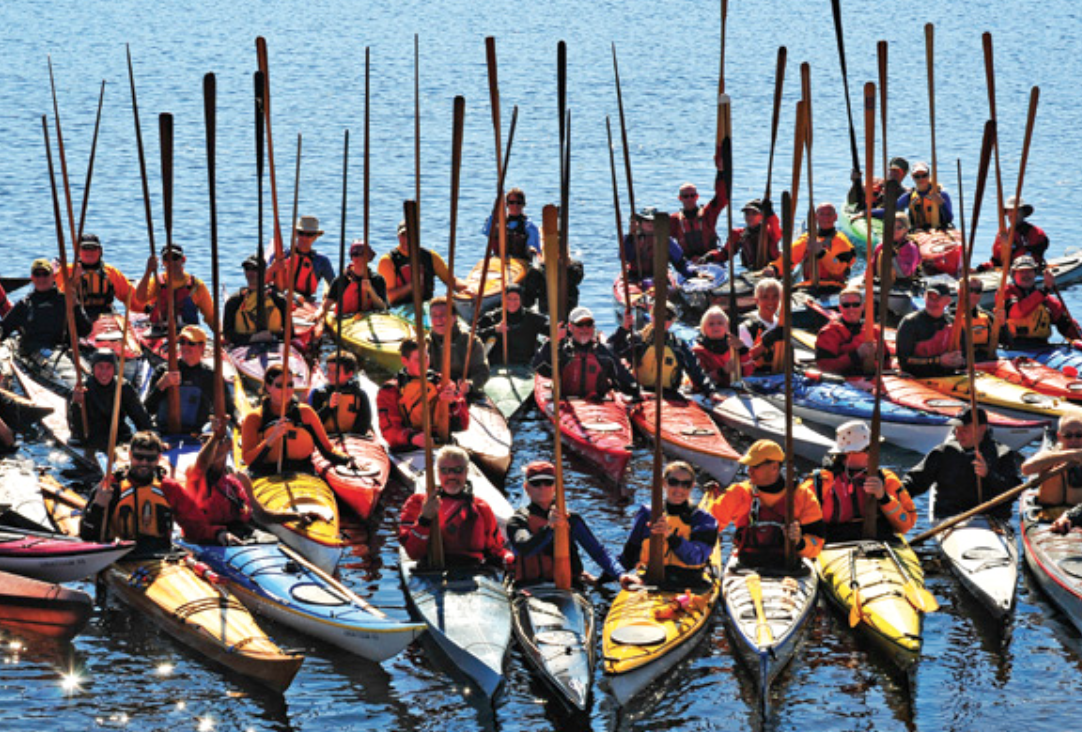
“It’s the rapid progression and sense of achievement that gets kayakers hooked on Greenland paddling.”
Ontario Greenland Camp students benefit from Roberts and Hayes’ meticulous organization, Padilla’s spontaneous instruction style and Perry and Wilson’s carefully crafted progressions. “The quality of the instruction is incredibly high,” says Roberts, “Cheri and Turner can get anyone rolling.”
By the end of the weekend, of the roughly 50 percent of participants who have never rolled before, most are developing a reliable standard Greenland roll. The more advanced students are storm, shotgun, norsaq and hand rolling.
On Sunday afternoon, I squeeze into one of Wilson’s skin-on-frame kayaks. It’s my first real foray in a hand-built Greenland kayak, and the difference is astonishing. Within minutes, I am able to perform rolls and braces that have eluded me for years.
Hayes says it’s this rapid progression and sense of achievement that gets kayakers hooked on Greenland paddling—and Greenland Camp. She and Roberts are expecting up to 80 participants this year, with many arriving from the northeastern states.
“It inspires paddlers to develop more advanced skills and it’s just a lot of fun,” says Hayes. “Plus, the camp has promised real coffee this year!” No word yet on re-painting the cabins.
 This article first appeared in the Summer 2012 issue of Adventure Kayak Magazine. For more great content, subscribe to Adventure Kayak’s print and digital editions here.
This article first appeared in the Summer 2012 issue of Adventure Kayak Magazine. For more great content, subscribe to Adventure Kayak’s print and digital editions here.



